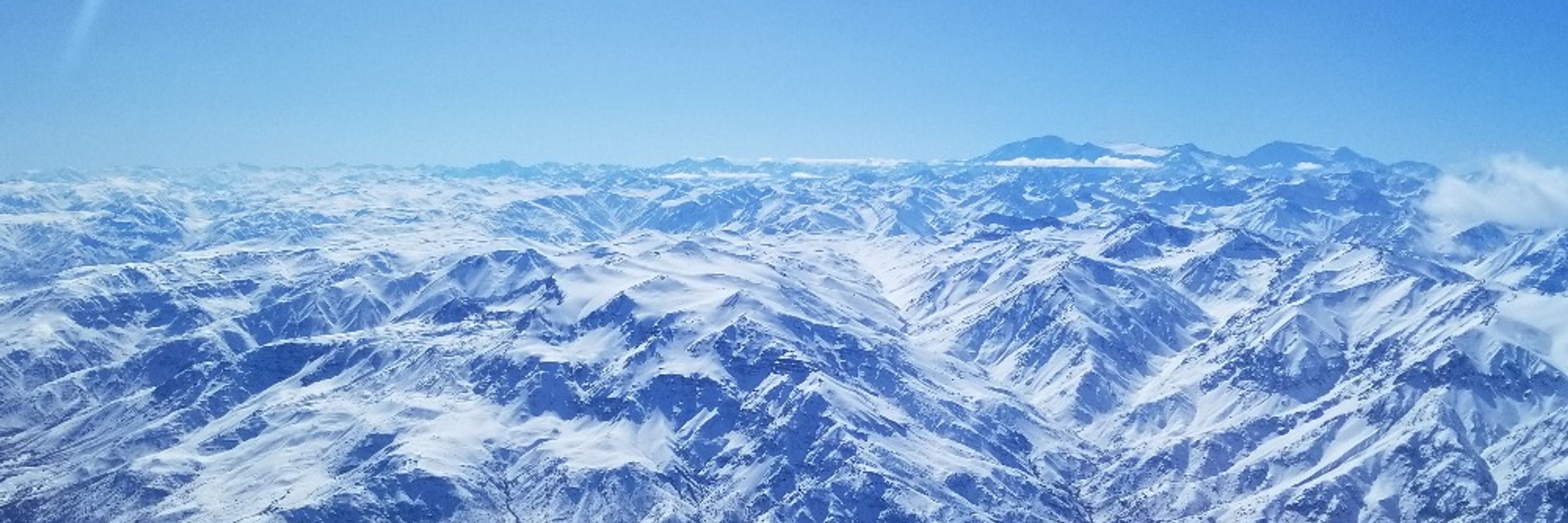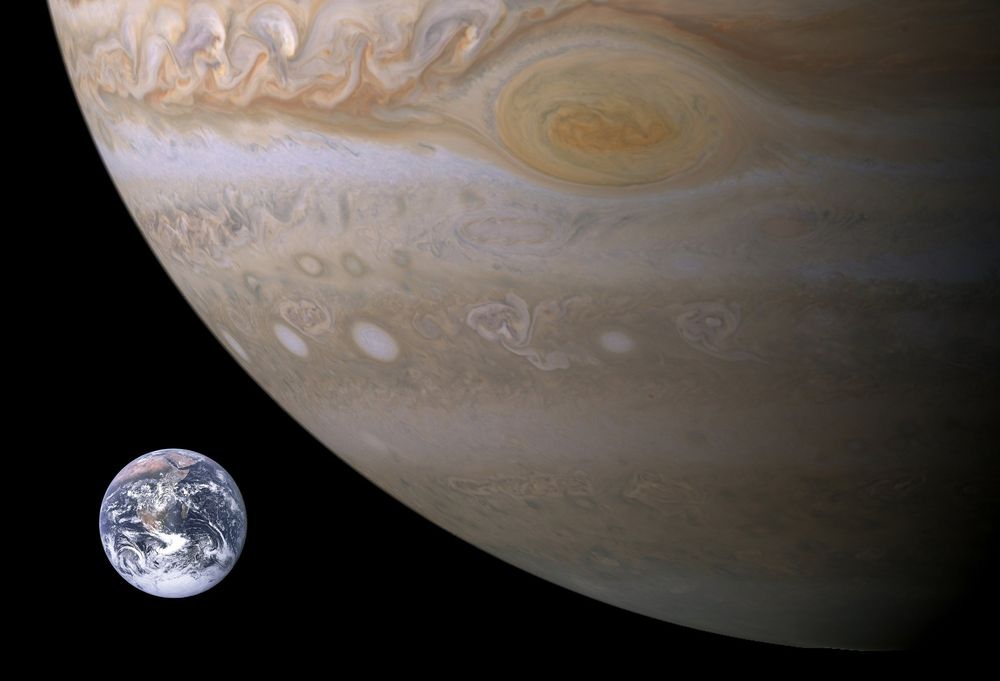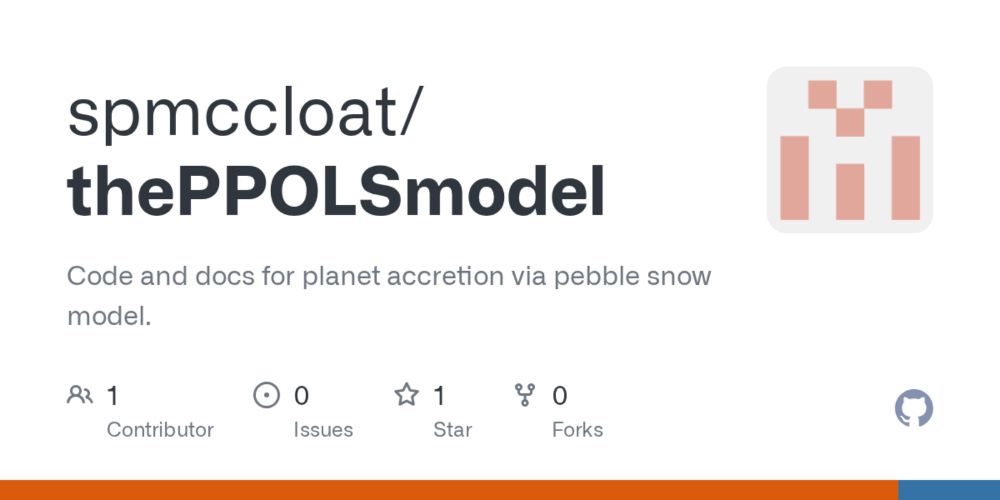
arxiv.org/abs/2509.14101
19 /🧵

arxiv.org/abs/2509.14101
19 /🧵
Perhaps we are somewhat special among #exoplanets?
18 /🧵

Perhaps we are somewhat special among #exoplanets?
18 /🧵
It's pebble snow!
#exoplanets
17/🧵

It's pebble snow!
#exoplanets
17/🧵
16 /🧵

16 /🧵
15 /🧵

15 /🧵
Giant planet cores at the initial snow line location,
and a second peak with smaller, water-rich #exoplanets in the habitable zone!
14/🧵

Giant planet cores at the initial snow line location,
and a second peak with smaller, water-rich #exoplanets in the habitable zone!
14/🧵
12/🧵

12/🧵
High mass disks form exclusively giant planet cores outside the snow line
11/🧵

High mass disks form exclusively giant planet cores outside the snow line
11/🧵
10/🧵

10/🧵
9/🧵

9/🧵
Pebble filtering from 100s of planetary cores growing simultaneously
8/🧵

Pebble filtering from 100s of planetary cores growing simultaneously
8/🧵
i.astro.tsinghua.edu.cn/~cormel/NewS...
7/🧵
i.astro.tsinghua.edu.cn/~cormel/NewS...
7/🧵
github.com/astrojoanna/...
6/🧵
github.com/astrojoanna/...
6/🧵
github.com/spmccloat/th...
spmccloat.github.io/thePPOLSmode...
5/🧵

github.com/spmccloat/th...
spmccloat.github.io/thePPOLSmode...
5/🧵
4/🧵

4/🧵
3/🧵

3/🧵
Not too big or too small, and with the right amount of water to support life.
2/🧵

Not too big or too small, and with the right amount of water to support life.
2/🧵


